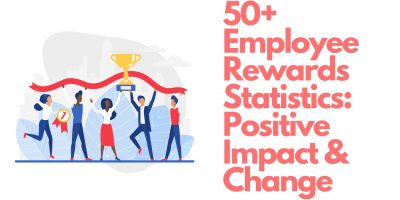To find out how your company stacks up, follow these steps to benchmarking benefits online:
1) Identify Key Benefits
Firstly, you can consult with your leadership team on which benefits they want to offer and see if they align with wellness concepts. You could also request a budget from them to limit your scope.
If they are unsure which benefits to offer, you can visit the job boards to benchmark expected benefits in other company plans. Target companies within your industry, and if you are considering benefits for a particular position, use keywords from their role to find job posts.
2) Use Online Tools
To effectively manage human resources, it’s essential to leverage technology that streamlines processes and enhances decision-making. By utilizing data-driven insights, HR professionals can make informed choices about employee management and benefits.
You could also use HR solutions software that provides an overview of employee benefit packages. For instance, the best HR software lists include platforms like Shortlister, which can help you with vendor management and reviews of their offerings. By selecting from Research.com’s best online HR software, organizations can ensure they are choosing reliable tools that enhance productivity and employee satisfaction.
Furthermore, these platforms often come with robust analytics features that help HR teams assess the effectiveness of various benefit packages, ultimately leading to more strategic resource allocation. HR teams can use these analytics features to make data-driven decisions about employee benefit packages and improve overall employee retention.
Some HR tools can also help gather current feedback from your team members.
Asking their thoughts on their current benefit packages not only helps you learn more about what is expected of companies today but also makes your employees feel heard.
You could also use benefits administration industry reports and surveys to gather enough data on the types of benefits employees look for. For example, some employees might prefer healthcare plans that include check-ups for their families. Meanwhile, others might want coverage for mental health.
3) Analyze Data
Once you’ve gathered enough benchmarking data, prepare an analysis using the following metrics:
- Cost Per Employee
- Start by analyzing the total cost of benefits provided per employee. Then, compare your results with industry averages. Check if your solutions are cost-effective compared to your competitors.
- Employee Utilization Rates
- Through the online reports and surveys, note or measure how frequently employees use their benefits. You can also use these reports to identify the most and least popular benefits. This information can help your leadership team decide which benefits are worth the investment over others.
- Employee Satisfaction Scores
- You can also get satisfaction scores regarding the respondents’ benefits using the reports and surveys. At the same time, you can set up surveys or feedback tools for your team to let you know what they think of their current benefits. This can help you quantify satisfaction and identify critical areas for improvement.
4) Perform a Comparative Analysis
Now that you have your company’s and competitors’ data, you need to perform a side-by-side comparison and a gap analysis. Here’s how you can do both:
- Side-by-Side Comparison
- Create a detailed comparison chart or spreadsheet to visualize how your benefits compare to industry standards. Make sure to include each benefit type and its respective metrics.
- Gap Analysis
- Identify areas where your benefits exceed, meet, or fall short of industry standards. Try to highlight specific benefits that are notably stronger or weaker.
Present these results to your leadership team to help them understand how your company compares to others in the industry.
5) Develop an Improvement Plan
Work with your leadership team to develop an improvement plan based on your results.
- Prioritize Changes
- Based on the comparison, prioritize areas for improvement that will have the most significant impact on employee satisfaction and retention.
- Strategic Adjustments
- Make strategic adjustments to your benefits package to align more closely with or exceed industry standards.
- Continuous Monitoring
- Establish a process for regularly monitoring and updating your benefits package to keep pace with industry changes and employee needs.




